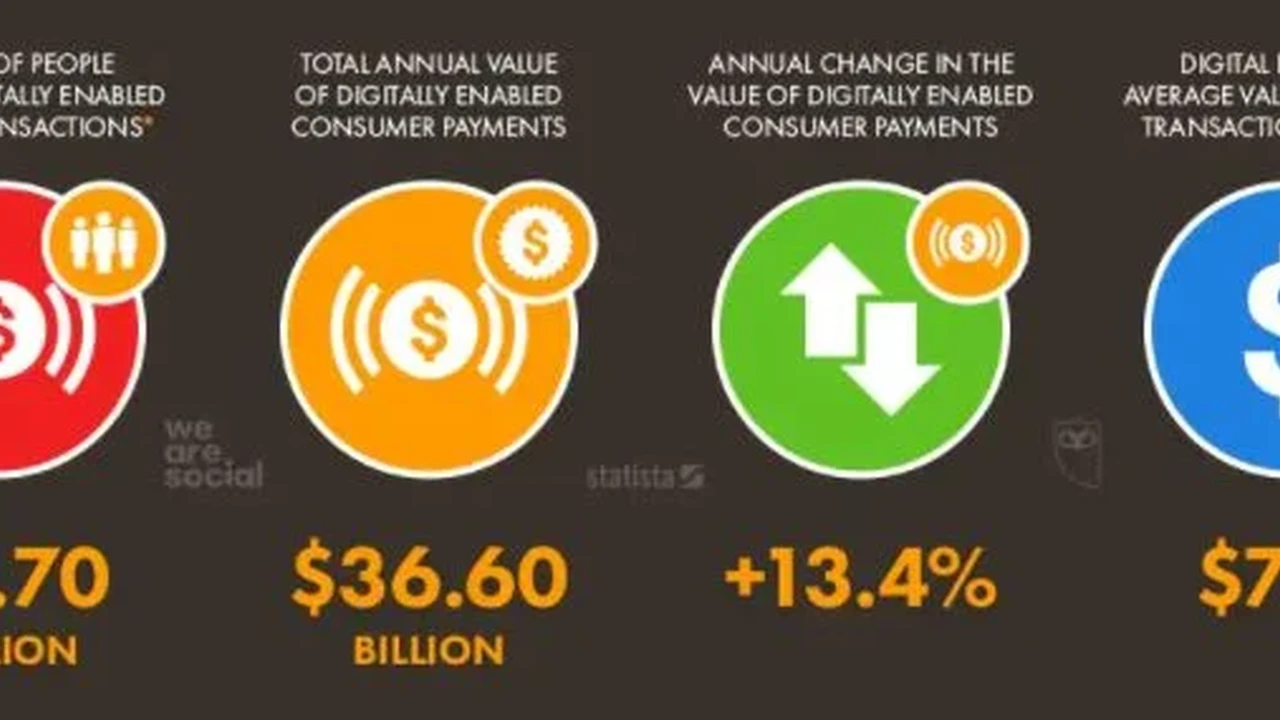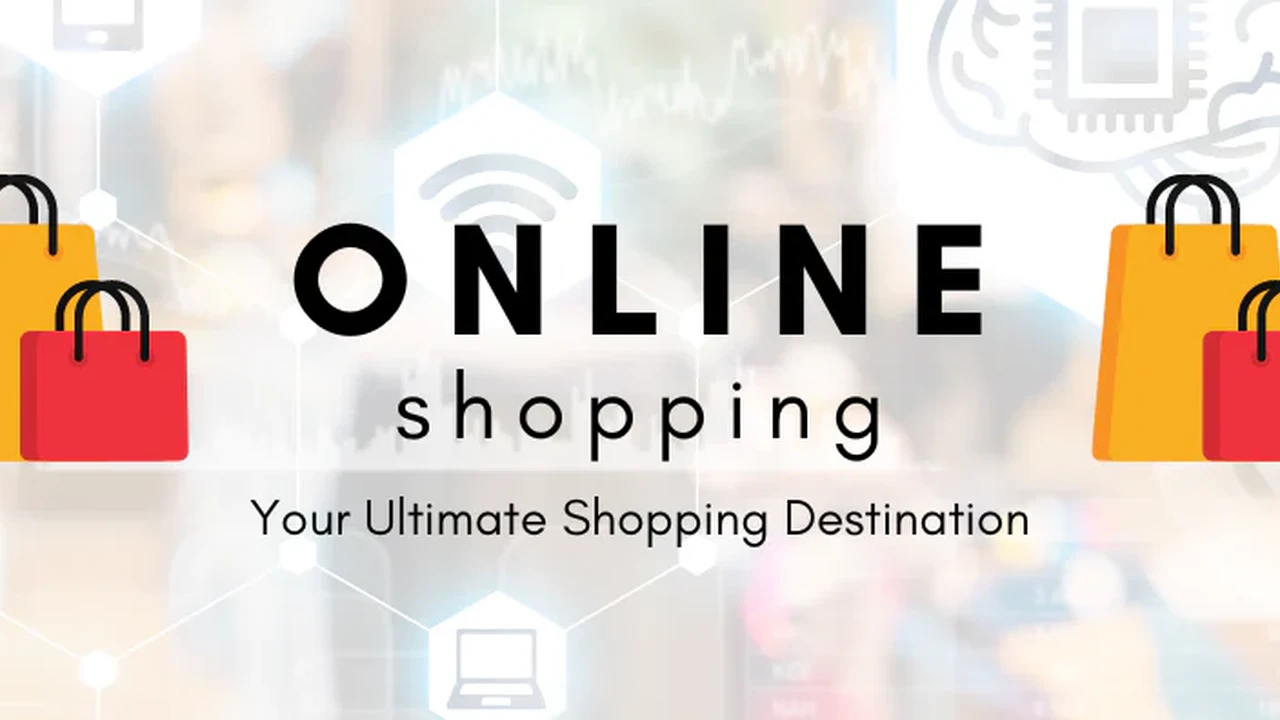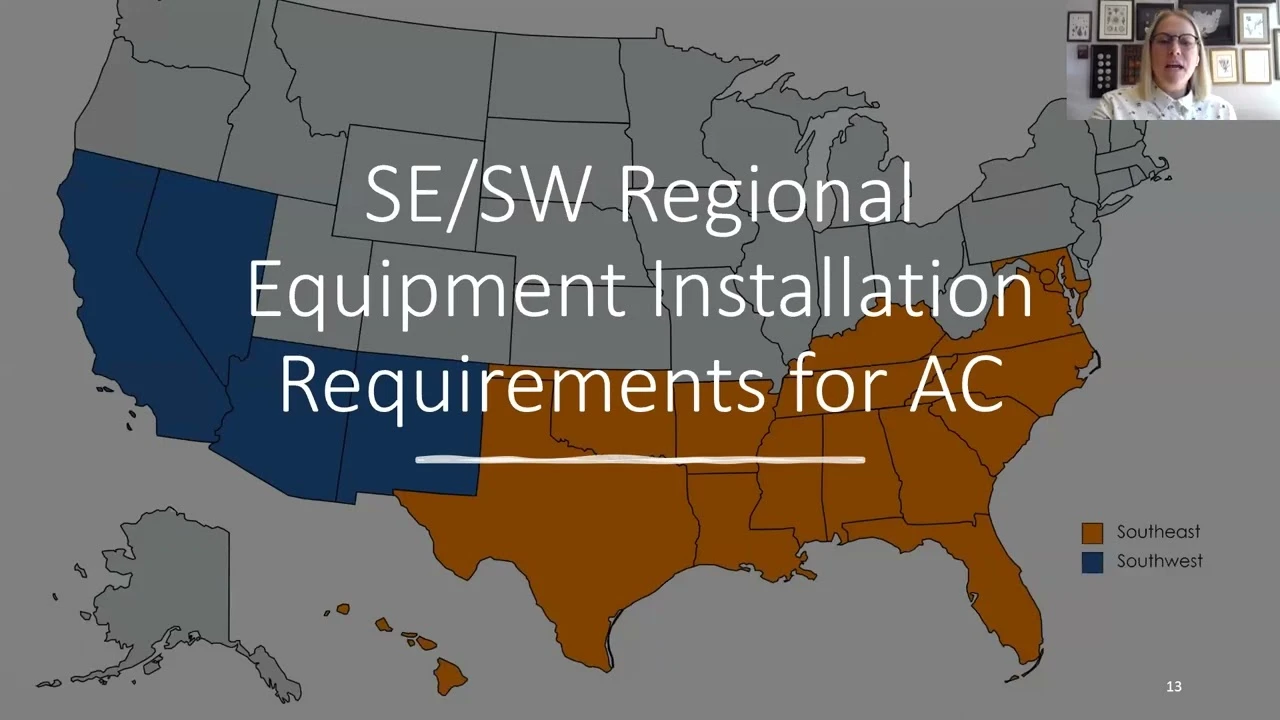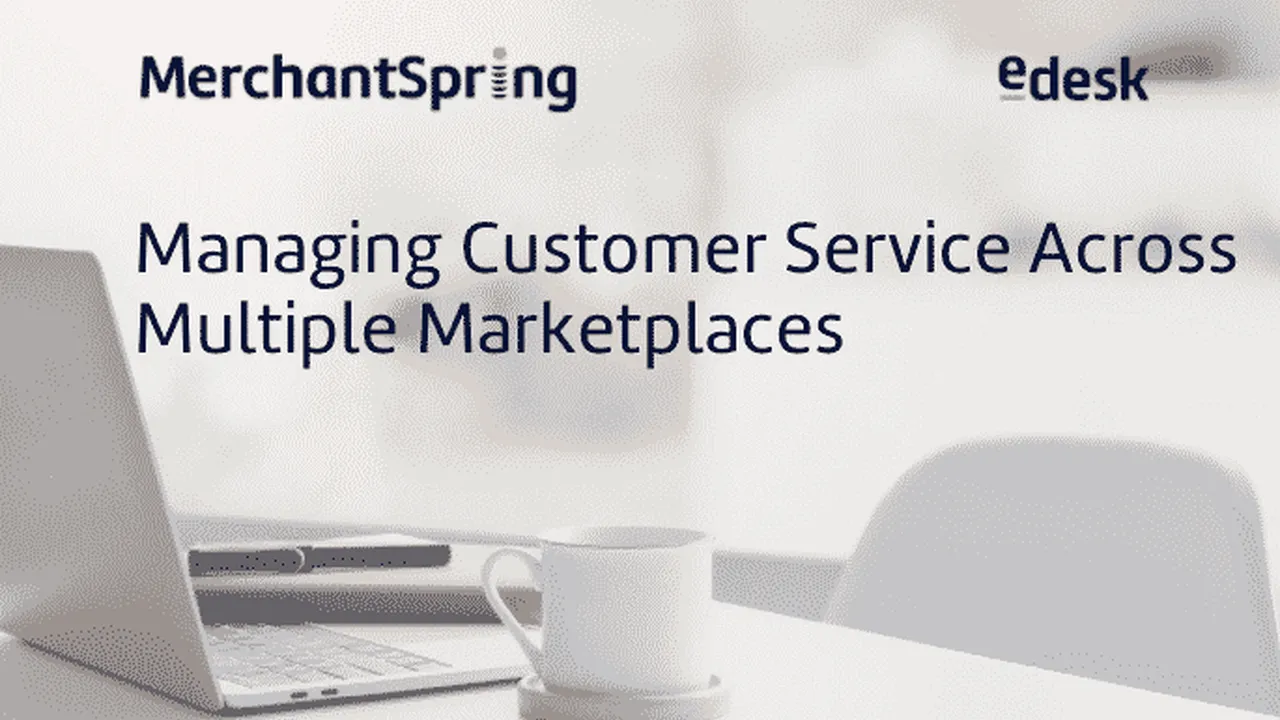The Future of Payment Gateways in SEA & Mexico E-commerce
Sample meta description.

Introduction E-commerce Payment Gateways in Southeast Asia SEA and Mexico
Alright, let's dive deep into the world of payment gateways in Southeast Asia (SEA) and Mexico. We're talking about 2025, so things are moving fast! These regions are hotbeds for e-commerce growth, and the way people pay for stuff is evolving like crazy. Forget about just credit cards – we're talking mobile wallets, QR codes, buy-now-pay-later (BNPL), and a whole bunch of other cool stuff. Understanding these trends is crucial for any business looking to tap into these markets. Think of this as your cheat sheet to navigating the payment landscape. We'll cover everything from the big players to emerging technologies, and even give you some real-world examples of how businesses are making it work.
The Rise of Mobile Wallets in SEA E-commerce Payment Processing
Mobile wallets are HUGE in SEA. Seriously, everyone's using them. Think GrabPay, GoPay (in Indonesia), Touch 'n Go eWallet (Malaysia), GCash (Philippines), and ShopeePay. These aren't just for online shopping; they're used for everything from paying for your morning coffee to splitting the bill at dinner. The convenience and ease of use are unparalleled. Why are they so popular? Well, smartphone penetration is high, and many people in SEA don't have traditional bank accounts or credit cards. Mobile wallets offer a secure and accessible alternative. They also often come with loyalty programs, cashback rewards, and other incentives that make them super attractive to consumers. For e-commerce businesses, integrating with these mobile wallets is a no-brainer. It's practically essential to capture a significant share of the market.
QR Code Payments The E-commerce Payment Revolution in Mexico and SEA
QR codes are another big deal, especially in emerging markets. They're simple, fast, and don't require expensive infrastructure. Think about street vendors accepting payments via QR codes displayed on their phones. It's incredibly accessible. In Mexico, QR codes are gaining traction as a way to facilitate payments for both online and offline transactions. The same goes for many parts of SEA. The beauty of QR codes is their versatility. They can be used for everything from paying bills to transferring money between individuals. For e-commerce, integrating QR code payments can significantly expand your reach, especially to customers who may not have access to other payment methods.
Buy Now Pay Later BNPL Options in SEA and Mexico E-commerce
Buy Now, Pay Later (BNPL) is taking the e-commerce world by storm, and SEA and Mexico are no exception. Services like Atome, Hoolah, and Akulaku are incredibly popular in SEA, while companies like Aplazo and Kueski are making waves in Mexico. BNPL allows customers to split the cost of their purchases into smaller, more manageable installments. This is especially appealing to younger consumers and those who may not have access to traditional credit. For e-commerce businesses, offering BNPL can increase conversion rates and average order value. It makes products more accessible and affordable, encouraging customers to spend more. However, it's important to choose a BNPL provider carefully and understand the associated fees and risks.
The Evolution of Credit and Debit Card Processing in SEA & Mexico E-commerce
While mobile wallets and QR codes are gaining ground, credit and debit cards are still important, especially for cross-border transactions. Visa and Mastercard remain dominant players, but local card schemes are also emerging. It's crucial to offer a variety of card payment options to cater to different customer preferences. Security is paramount when it comes to card payments. E-commerce businesses need to implement robust fraud prevention measures to protect themselves and their customers from fraudulent transactions. This includes using technologies like 3D Secure and tokenization. The key is to make the payment process as seamless and secure as possible.
Security Considerations E-commerce Payment Gateway Security in SEA and Mexico
Speaking of security, let's talk about fraud prevention. E-commerce fraud is a serious issue, especially in rapidly growing markets like SEA and Mexico. Businesses need to be proactive in protecting themselves and their customers. This means implementing a multi-layered approach to security, including fraud detection systems, chargeback management, and customer authentication protocols. Staying up-to-date with the latest security threats and vulnerabilities is also essential. Consider using a payment gateway that offers advanced fraud protection features. It's an investment that can save you a lot of money and headaches in the long run.
Cross-Border Payments Streamlining E-commerce Transactions in SEA and Mexico
Cross-border payments can be tricky, but they're essential for businesses looking to expand into SEA and Mexico. Currency conversion fees, regulatory compliance, and language barriers can all create challenges. Choosing a payment gateway that specializes in cross-border payments can help simplify the process. These gateways often offer features like multi-currency support, local payment methods, and automated compliance tools. They can also help you navigate the complex regulatory landscape and ensure that you're meeting all the necessary requirements. Think of it as having a local expert on your side.
Payment Gateway Product Recommendations and Comparisons for E-commerce in SEA & Mexico
Okay, let's get down to brass tacks and talk about specific payment gateway products. Here are a few recommendations, along with their features, pricing, and use cases:
Stripe E-commerce Payment Gateway Solution
Description: Stripe is a global payment gateway that's widely used by e-commerce businesses of all sizes. It offers a comprehensive suite of features, including support for a wide range of payment methods, fraud prevention tools, and developer-friendly APIs.
Use Cases: Ideal for businesses that need a flexible and scalable payment solution. It's particularly well-suited for businesses with complex payment requirements or those that need to integrate with a variety of third-party platforms.
Pricing: Stripe's pricing varies depending on the payment method and transaction volume. Generally, it charges a percentage of each transaction plus a fixed fee. For example, for standard card payments, it charges 2.9% + $0.30 per transaction.
Pros: Very flexible, developer-friendly, global reach, strong fraud prevention.
Cons: Can be complex to set up, pricing can be higher than some alternatives for low-volume businesses.
PayPal E-commerce Payment Solution
Description: PayPal is one of the most well-known and trusted payment gateways in the world. It offers a simple and convenient way for customers to pay online, and it's widely accepted by e-commerce businesses.
Use Cases: A good option for businesses that want to offer a familiar and trusted payment method to their customers. It's also a good choice for businesses that are just starting out and need a simple and easy-to-use payment solution.
Pricing: PayPal's pricing varies depending on the type of transaction and the country. For standard online transactions, it charges a percentage of each transaction plus a fixed fee. For example, in the US, it charges 3.49% + $0.49 per transaction.
Pros: Widely recognized and trusted, easy to set up, offers buyer protection.
Cons: Can be expensive for high-volume businesses, some customers may be hesitant to use PayPal.
PayMaya E-commerce Payment Solution
Description: PayMaya is a popular payment gateway in the Philippines that offers a variety of payment options, including credit cards, debit cards, and mobile wallets.
Use Cases: Ideal for businesses that are targeting the Philippine market. It's also a good option for businesses that want to offer a variety of payment options to their customers.
Pricing: PayMaya's pricing varies depending on the payment method and transaction volume. Contact PayMaya directly for specific pricing information.
Pros: Strong presence in the Philippines, supports a variety of payment methods, offers mobile wallet integration.
Cons: Primarily focused on the Philippine market, may not be suitable for businesses targeting other regions.
Aplazo E-commerce Payment Solution
Description: Aplazo is a Buy Now, Pay Later (BNPL) provider popular in Mexico.
Use Cases: Businesses targeting Mexican consumers who prefer installment payment options.
Pricing: Varies, typically a percentage of the transaction value. Contact Aplazo for details.
Pros: Attracts customers who might not otherwise make a purchase, increases average order value.
Cons: Requires integration, fees apply to the business.
Future Trends E-commerce Payment Innovations in SEA and Mexico 2025
Looking ahead to 2025, we can expect to see even more innovation in the payment gateway space. Here are a few trends to watch out for:
- Increased adoption of biometrics: Biometric authentication, such as fingerprint scanning and facial recognition, is becoming increasingly common. It offers a more secure and convenient way to verify payments.
- The rise of decentralized finance (DeFi): DeFi technologies, such as cryptocurrencies and blockchain, have the potential to disrupt the traditional financial system. We may see more e-commerce businesses accepting cryptocurrencies as payment in the future.
- The convergence of online and offline payments: The lines between online and offline payments are blurring. We can expect to see more seamless payment experiences that allow customers to pay in-store using their mobile wallets or online accounts.
- Personalized payment experiences: Payment gateways will become more personalized, offering customized payment options and recommendations based on customer preferences and behavior.
Choosing the Right Payment Gateway E-commerce Payment Gateway Selection Tips for SEA and Mexico
Choosing the right payment gateway is a critical decision for any e-commerce business. Here are a few factors to consider:
- Your target market: Make sure the payment gateway supports the payment methods that are popular in your target market.
- Your business needs: Consider your business size, transaction volume, and integration requirements.
- Security: Choose a payment gateway that offers robust fraud prevention features.
- Pricing: Compare the pricing of different payment gateways and choose one that fits your budget.
- Customer support: Make sure the payment gateway offers reliable customer support in case you need help.
By carefully considering these factors, you can choose a payment gateway that will help you succeed in the dynamic e-commerce markets of SEA and Mexico.
:max_bytes(150000):strip_icc()/277019-baked-pork-chops-with-cream-of-mushroom-soup-DDMFS-beauty-4x3-BG-7505-5762b731cf30447d9cbbbbbf387beafa.jpg)






